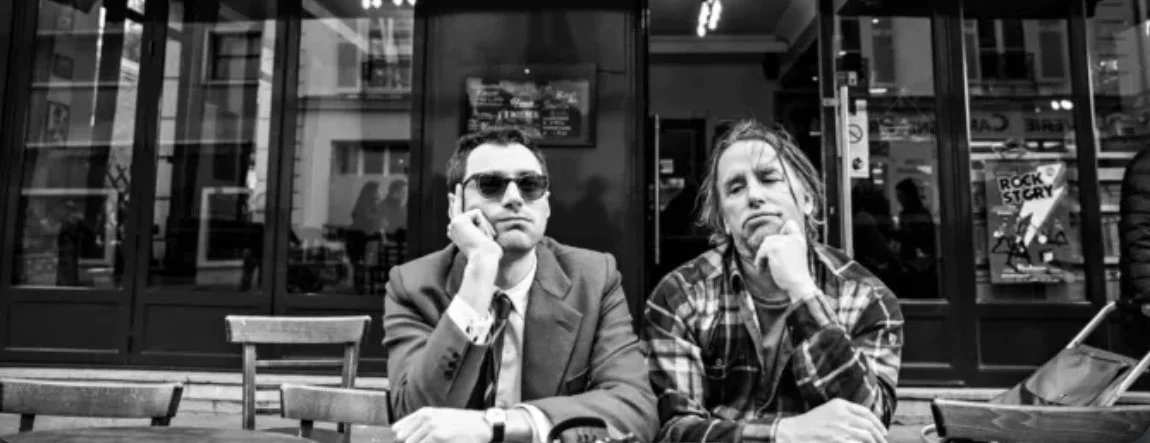Try watching a movie without sound and see how long you stay invested in the story. Though the essence of film is the moving image, it is the sound that truly immerses the audience into the story and elicits the emotional response. The audio track of a movie consists of three types of sound: dialogue, music, and sound effects. Let’s take a look at the unsung hero of the three: sound effects!
What Are Sound Effects?
Sound effects bring your visuals to life. It can reflect what the audience sees on the screen (synchronous sound) like the rustling of leaves under an actor’s feet as he walks through the forest. Sound can also be asynchronous, meaning you don’t see the source of the sound, but it adds to the realism and atmosphere of the scene, such as the clinking sound of cutlery and whispering patrons in the background of a restaurant scene. Take these sound effects away and the scene suddenly becomes unreal, incomplete, and disengaging.
Sound effects are so important that any professional film production has a dedicated person or crew in charge of capturing or adding the right sounds.
The Boom Operator
To optimally record on-stage sounds, film productions great and small never use the on-camera microphone. Instead, they rely on a boom operator. The “boom” is a professional-grade microphone set on a stick enabling the operator to move the microphone as close to the sound source as possible without appearing on camera, usually from above, sometimes from below. This microphone is connected to a specialized sound recording device that catches the audio separately from the video.
Audio Checklist
Fixing sound in post-production opens up a world of mess and frustration and usually yields a poor result. Don’t count on it. Instead, take the time to get your sound right ‘in the box’. This 5-step checklist is a good start:
1. Invest in professional sound equipment and crew.
2. Capture sounds at an optimal level. Low recording volume can introduce noise and lower sound quality, while high volumes can make your sound clip. The often-mentioned sweet spot between -12dB and -6dB can be a good starting point.
3. Different sounds on stage have different volumes. Always monitor the audio for clipping of louder sounds.
4. Take full control over the sound on your set. Remove background noises and hums such as computers, fridges, air conditioning, and ask your crew to check their mouth breathing and gum chewing.
5. Make your sound effects shine in post-production. Make sure all sound effects are perfectly synched, mixed, and leveled.
Added Sound Effects
Sound effects are not always captured on the film set. Especially for the more fantastic film genres but also in action movies and even comedies, sound effects are often added in post-production. Gunshots, Jedi swords, the uncapping of a soda drink, doorbells, ringtones, crying babies, rain, explosions, … all these sounds are easier to add in post than to capture on stage.
Creators are in luck because nowadays. Sound effects are cheaper and easier to come by than a boom operator. Online sound libraries offer access to all the high-quality licensed sound effects you could ever need. All you have to do is sign up and download as many sound effects as you want. It’s one of the best investments you can do that will add tremendous production value to your films.






